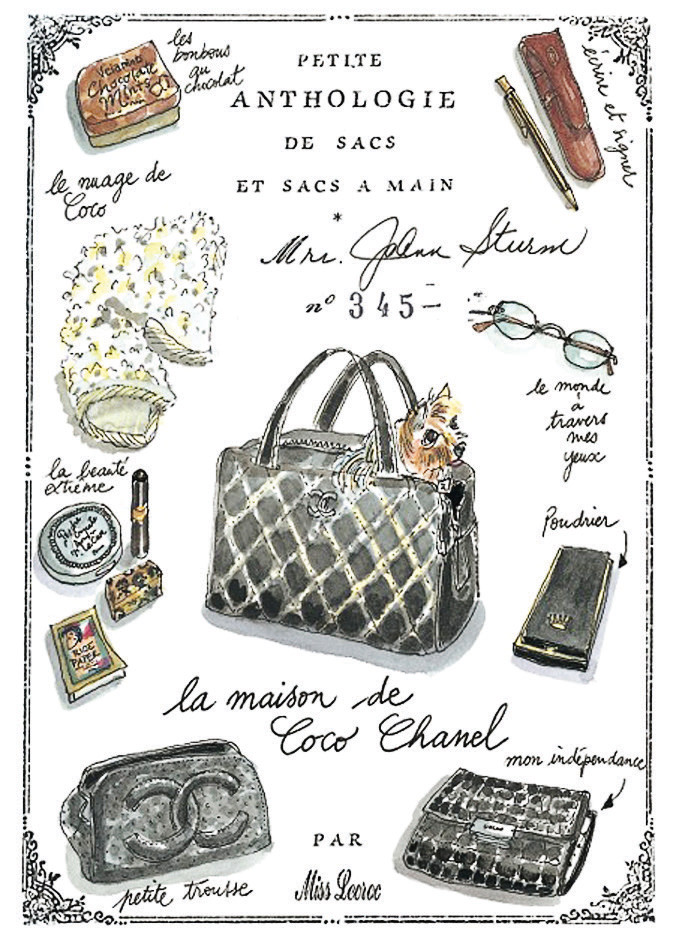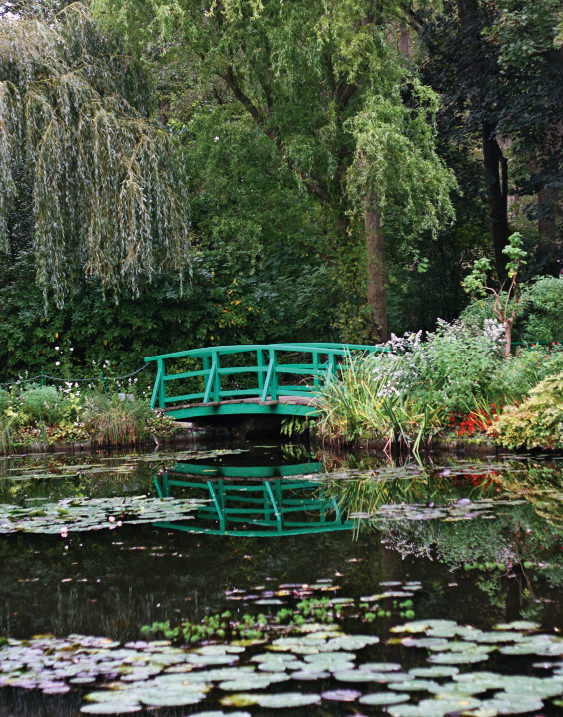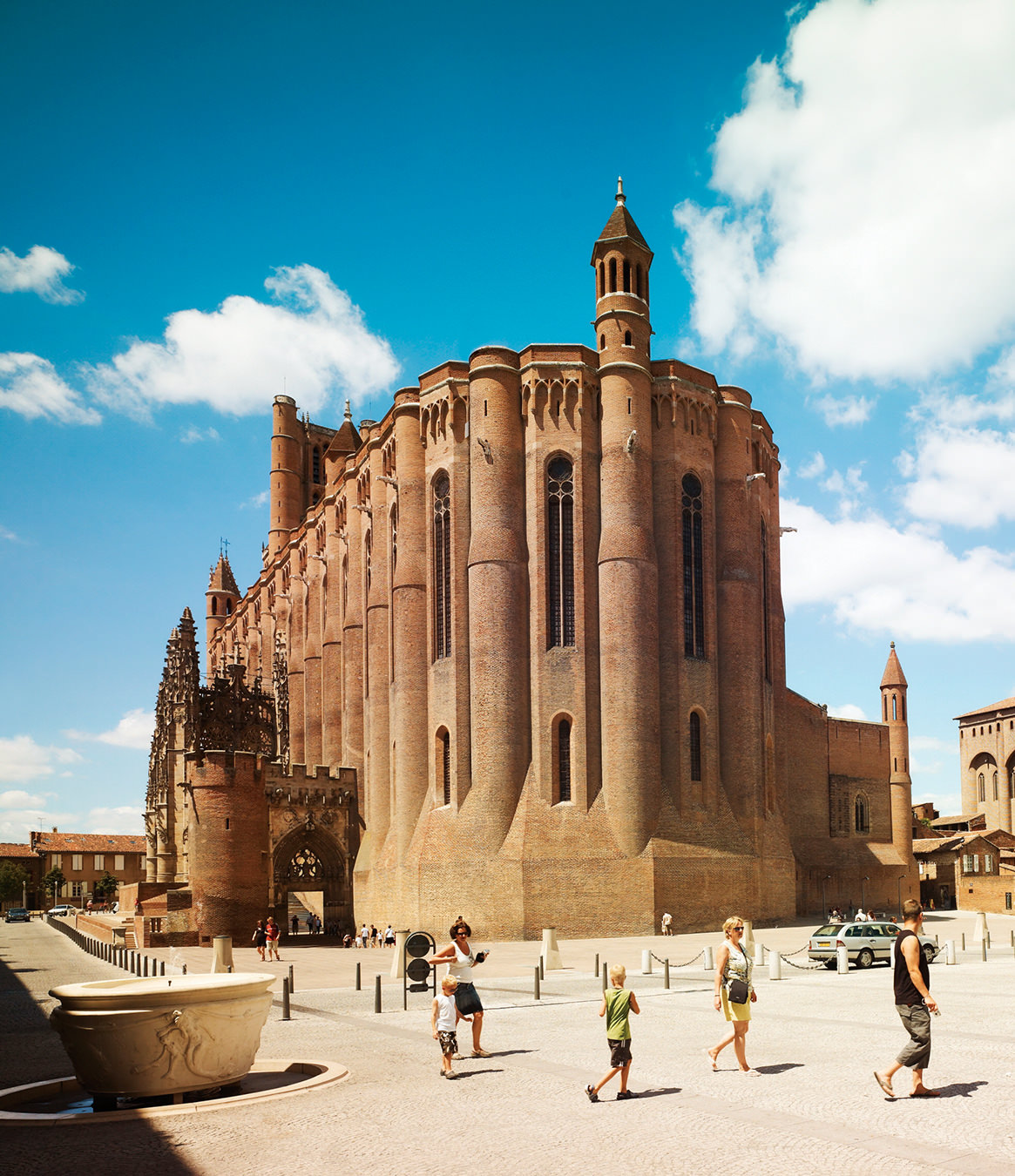The Future of Big Champagne
Champagne Telmont is paving the path forward with a focus on sustainability.
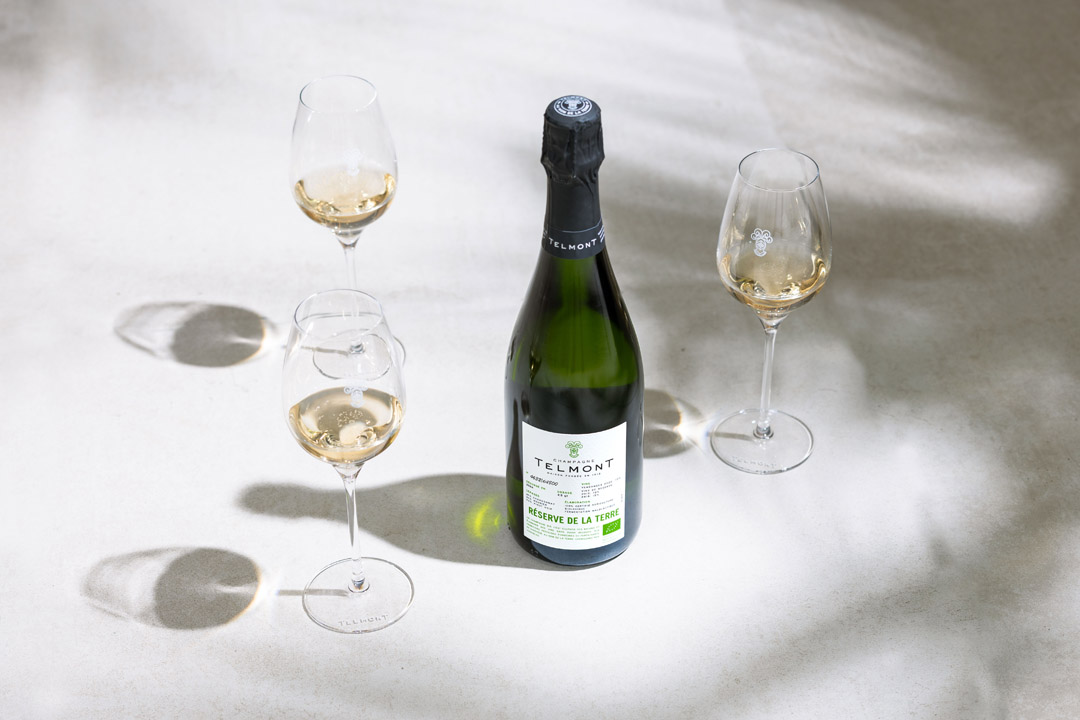
What’s the first thing you think of when you think of champagne? Whether it be a cork flying out of the neck of a bottle, a pyramid of precariously stacked coupes, or perhaps a tin of caviar served with a bottle, chances are the association has something to do with opulence. Sure, some wine nerds may first jump to the relatively humble little operations that make up the “grower champagne” movement, but by and large, champagne is dominated by the big houses that prosper on their wines’ proximity to ideas of wealth. However, with the push for sustainability growing more imperative every day, one champagne house is flipping the script and hedging its bets on consumers valuing the Earth as the ultimate luxury.
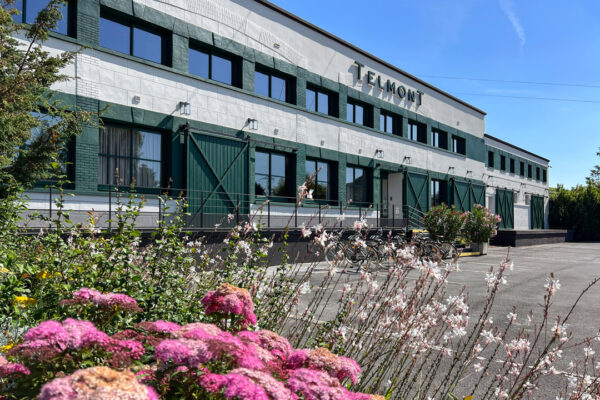
Led by the inimitably rakish Ludovic du Plessis in cooperation with majority stakeholder Rémy Cointreau Group since 2020, Champagne Telmont is levying its 100 years of accumulated knowledge to help forge a new, alternative path forward for the effervescent little region. Unlike its competitors, especially those also owned wholly or in part by other international liquor conglomerates, Telmont is basing its brand around environmental sustainability, and its vineyards, wines, and packaging all reflect that. Telmont’s ambitious environmental initiatives have even attracted the support of prominent environmentalists, with Leonardo DiCaprio becoming a minority shareholder in the brand in 2022.
First and foremost, Telmont is leading the charge when it comes to organic agriculture in Champagne, where only about 5 per cent of the vineyards, most of them owned by grower champagne producers, are certified organic. Ninety-five per cent of Telmont’s 25 hectares of estate vineyards are currently certified organic, with the remaining 5 per cent scheduled to be converted by 2025. But Champagne is a region where most large houses purchase most of their fruit from independent grape growers, and so Telmont also recognizes the need to help shepherd the farmers it works with through the organic conversion process. Of the 75 hectares of vineyard owned by Telmont’s farming partners, 70 per cent is now farmed organically, and its stated goal is for 100 per cent of plantings to be certified organic by 2031.
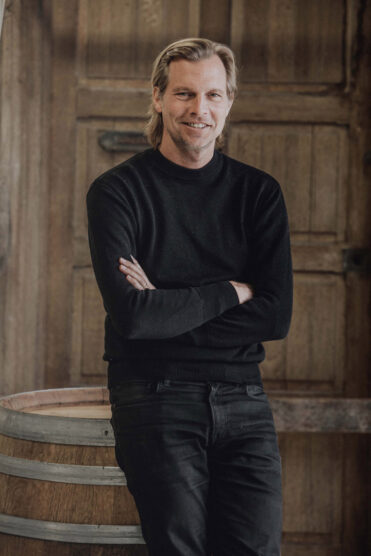
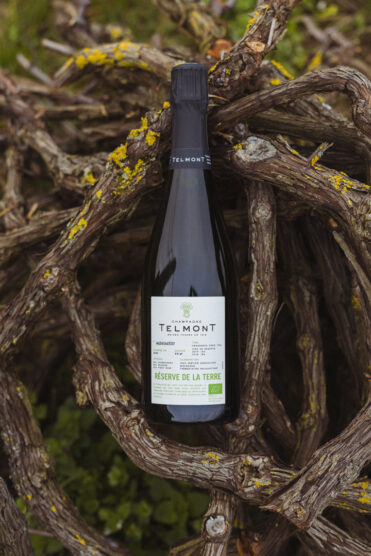
Similarly, Telmont is taking a hardline stance toward packaging. Unlike the unnecessarily ornate bottles, wrappers, and boxes that are de rigueur in the world of fine champagne, Telmont’s packaging is intentionally minimalistic. When du Plessis discovered the house, it was using “bespoke” bottles that were “900 grams and above.” He ran the numbers, concluded that traditional champagne packaging accounted for over 30 per cent of the brand’s carbon footprint, and immediately set about shifting to something more environmentally friendly. Gift packaging has been eliminated entirely, bottles are made using only green glass made from 85 per cent recycled glass, which is more recyclable than clear glass, and they worked with glass manufacturer Verallia to develop an 800-gram sparkling wine bottle (the world’s lightest) for use with all their wines and beyond. “In the name of Mother Nature, no patents—it’s open source for everybody,” du Plessis says.
Crafted by Bertrand Lhôpital, the latest cellar master from the family that founded the estate over 100 years ago, what’s inside Telmont’s groundbreaking new bottles is as impressive as its environmental prerogative. The current lineup consists of six wines, including classics such as blanc de blancs and blanc de noirs as well as experimental ones like its sans soufre (no sulfites added) offering. Most of production, however, comes in the form of Telmont’s Réserve Brut, a blend of chardonnay, pinot noir, and pinot meunier that accurately captures the house style. Equal parts racy citric acidity and rich brioche, with a pleasant (and unique for champagne) stone fruit character to round things out, the Champagne Telmont Réserve Brut is proof that the environmentally responsible path can yield just as enchanting results for Champagne as the luxurious one.
Champagne Telmont’s Réserve Brut is currently available in select liquor stores in Alberta and Quebec.






